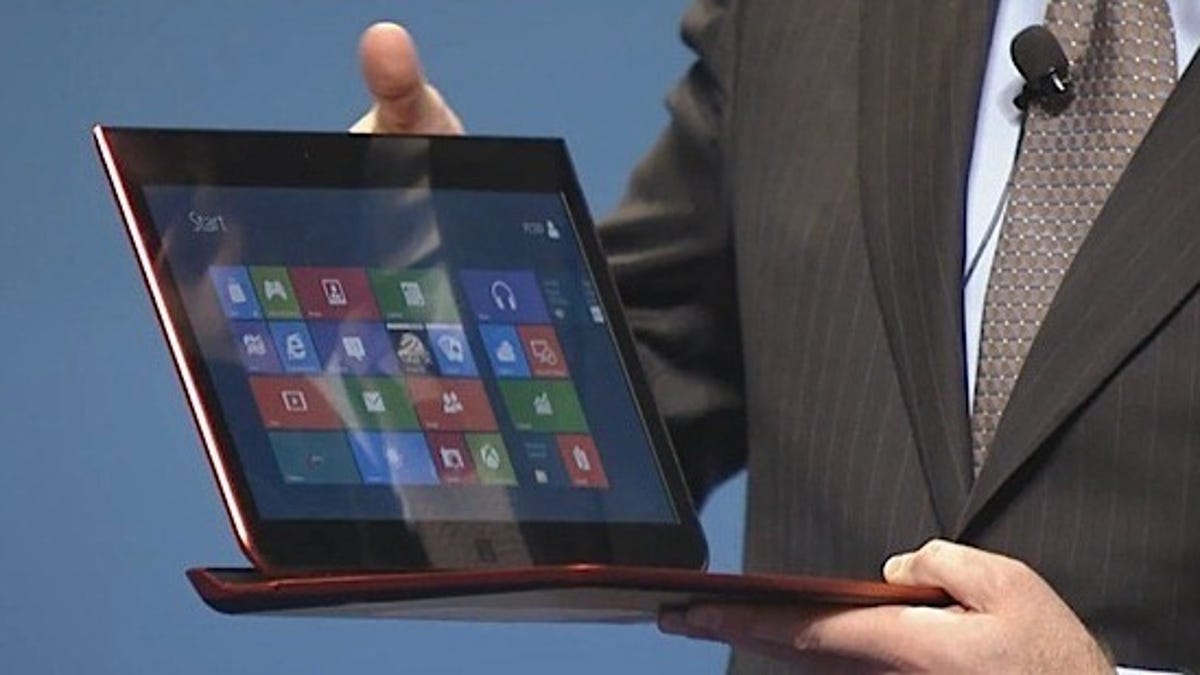NAND flash sales indicate ultrabook disappointment
According to new data from iSuppli, flash memory revenue was down 7 percent in 2012.

Ultrabook sales sent NAND flash memory revenue down in 2012, new data from IHS iSuppli has revealed.
The company said today that revenue fell 7 percent in 2012 to $19.7 billion from $21.2 billion in 2011. Ultrabooks proved to be the culprit for the decline, according to the research firm.
"A major drag on the NAND industry was the disappointing sales of Ultrabooks, negatively impacting the flash memory prospects of cache solid state drives (SSD) used in the superthin computers," iSuppli wrote today in its research posting. "While Ultrabooks have had some success penetrating into the consumer computing experience, adoption overall has been underwhelming, and the incremental increase to demand has been significantly below expectations."
Ultrabooks, the laptop spec created by Intel, were supposed to be the PC world's best answer yet to Apple's MacBook Air. Ultrabooks are designed to be extremely thin and lightweight, and run on Intel's processors. However, the devices have been hit hard by flagging demand due mainly to their high prices and to competition from tablets.
In October, IHS iSuppli made clear just how much trouble ultrabooks were having when it announced that it had slashed its 2012 sales forecasts from 22 million to 10.3 million units.
"There once was a time when everyone knew the 'Dude you're getting a Dell' slogan," IHS analyst Craig Stice said at the time. "Nowadays no one can remember a tag line for a new PC product, including for any single ultrabook. So far, the PC industry has failed to create the kind of buzz and excitement among consumers that is required to propel ultrabooks into the mainstream."
Still, ultrabook difficulties did nothing to put a damper on the success of other products running NAND flash memory. Apple's iPhone, for example, accounted for 10.5 percent of all NAND flash supply in 2012, according to iSuppli. All other smartphones combined to account for 10.4 percent usage of flash.
Tablets have also become a "major driving force for NAND demand," iSuppli said.
The expected success of smartphones and tablets in the coming years should help boost the flash memory market. iSuppli predicts that flash revenue will jump to $22.4 billion this year and then continue its march toward $30 billion between 2014 and 2016.

